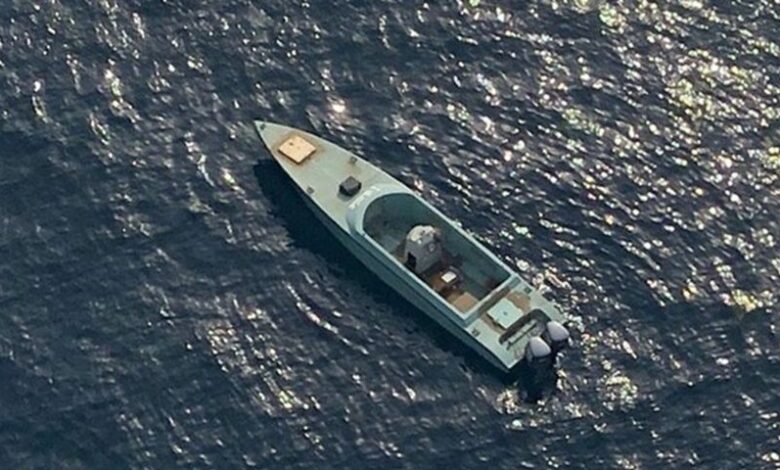Houthis add sea strike capabilities in war on shipping

The Houthis have displayed greater sophistication in their attacks on merchant shipping this week, hitting targets both by sea and air for the first time, causing severe concern for seafarers tasked with heading towards the Red Sea.
The Iran-allied militants have claimed their first successful sea drone strike on a commercial ship in the Red Sea and Gulf of Aden since attacks started in November last year.
A Greek owned and operated bulk carrier, Tutor, was hit twice on Wednesday, some 67.7 nautical miles southwest of Yemen’s port city of Hodeidah, sustaining damage and water ingress in its engine room.
Multiple maritime security agencies received reports from the 82,400 dwt ship getting hit on the stern by a small craft five to seven metres in length and an unknown airborne projectile.
A Houthi military spokesman said the ship was attacked “using an unmanned surface boat, number of drones, and ballistic missiles”, adding that the ship was “seriously damaged and vulnerable to sinking”.
The US Central Command said the impact of the drone with the ship, which most recently docked in Russia and was reportedly en route to India, “caused severe flooding and damage to the engine room”.
USVs strike vessels at the waterline resulting in significant water ingress
The bulker, owned and operated by Greece’s Evalend Shipping, was not under the command of the crew on Wednesday, the UK Navy said, meaning that it will most likely have to be towed to safety.
Since November, Houthis have been carrying out attacks on ships they say are linked to Israel with an arsenal of anti-ship cruise and ballistic missiles, but were yet to bag a hit with an unmanned surface vessel (USV).
Although it is not the first time the rebel group has tried to employ these tactics, before the incident on Wednesday, the USVs were either destroyed by Western forces or they were detonated in the water without hitting anything. Exploding sea drones have made headlines in recent months for their use in the Ukraine war. Kyiv’s forces have relied heavily on these systems to carry out attacks against Russia’s Black Sea fleet.
With Houthis further escalating their military campaign, the first USV strike leaves commercial shipping in the Red Sea under threat from both the air and sea.
“USVs are capable of carrying warheads weighing up to 500kg, which is ten times the size of the 50kg warhead found in the nose of the Shahed-136/Wa’id. Additionally, USVs strike vessels at the waterline, and this, combined with the substantial warhead size, is likely to result in significant water ingress,” noted EOS Risk Group’s head of advisory Martin Kelly.

“recently docked in Russia and was reportedly en route to India”
Another own goal then?
I dont understand why Baiden administration are afraid of Iranian diktator regime?
Everybody knows that Iranian regime are giving Houties intelligent services and military aid.
Simple, Biden doesn’t want to start WWIII and isn’t a Putin stooge. How about you?